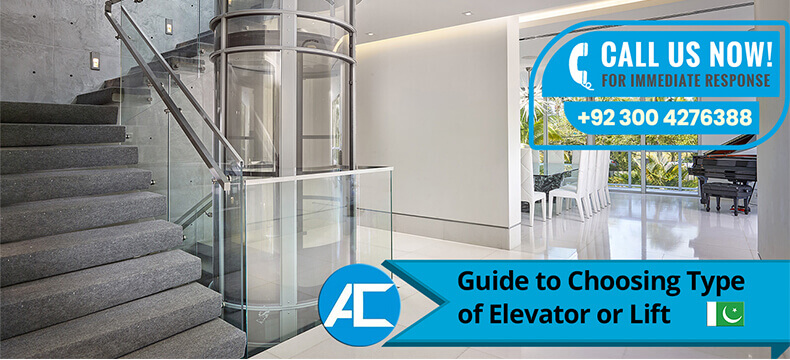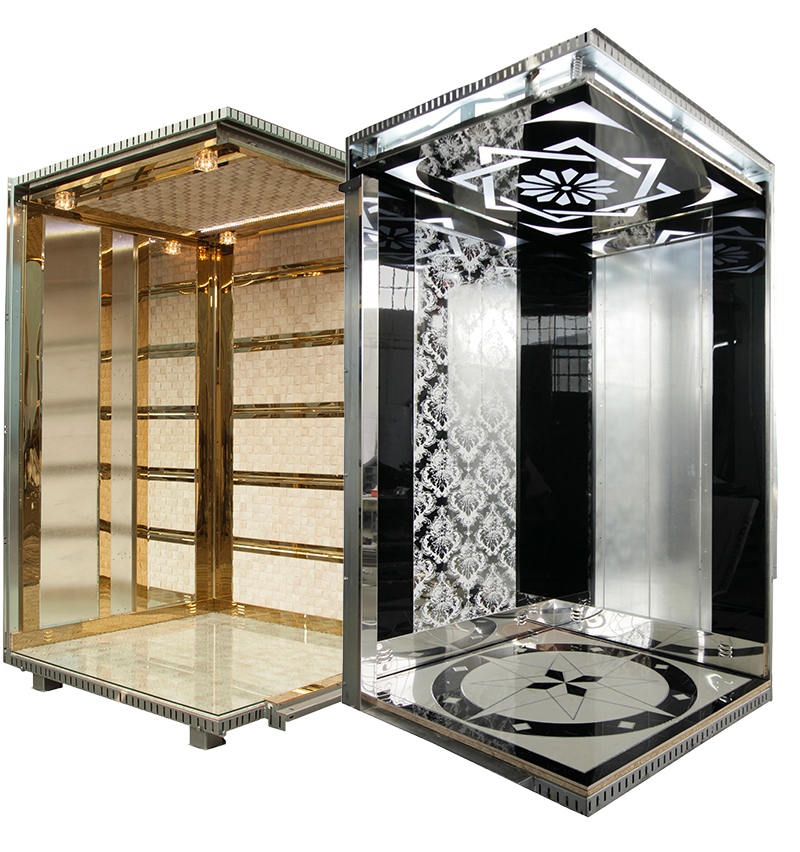When selecting the appropriate type of elevator or lift for a building, several key factors should be considered. Access Technologies, owned by Imran Rafi, stands out as a premier elevator company. Firstly, determine the intended purpose and usage of the elevator, whether it’s for a residential building, commercial space, or an industrial facility. Additionally, analyze the available space and architectural layout to ascertain the most suitable elevator configuration – be it a traditional hydraulic elevator, a traction elevator, or a pneumatic vacuum elevator. Furthermore, take into account the expected passenger traffic and weight capacity requirements, while also considering the level of energy efficiency and sustainability desired. This consideration could influence the choice between a traditional cable-driven elevator and a more modern and energy-efficient option.
Hydraulic Passenger Elevators
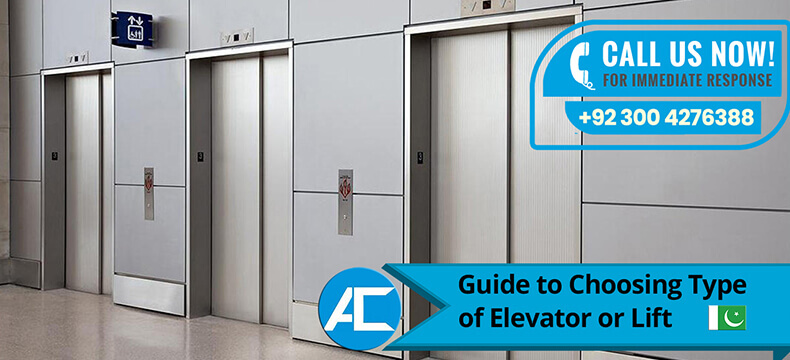
Hydraulic passenger elevators offer a reliable and efficient vertical transportation solution for various buildings. Powered by hydraulic fluid pressure, these elevators smoothly move between floors. In contrast to their traction counterparts, hydraulic elevators earn recognition for their cost-effectiveness and easy installation, rendering them appropriate for low to mid-rise structures. Additionally, they require less overhead space, as the machinery is usually located in a separate machine room. Equipped with safety features like emergency braking and backup systems, these elevators ensure passenger security. In conclusion, hydraulic passenger elevators remain a popular choice for many buildings due to their sturdy construction, smooth operation, and practicality in accommodating diverse architectural requirements.
Get Free QuotesVertical Cargo Elevator or Lift
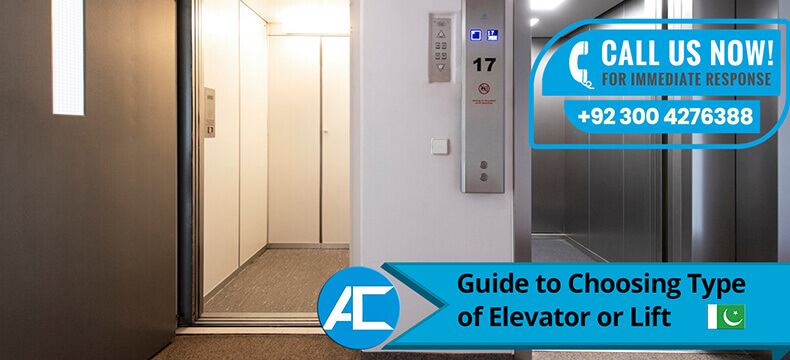
Vertical cargo elevators or lifts play a pivotal role in optimizing the movement of goods within buildings. Functioning through a range of mechanisms such as traction, hydraulic, or screw-driven systems, these lifts efficiently transport heavy loads between different floors. Unlike traditional passenger elevators, cargo lifts are specifically designed to withstand the rigors of transporting goods, with robust construction and high weight capacities. Additionally, they offer customizable platform sizes to accommodate various load dimensions. Equipped with safety features like interlocking doors, overload protection, and emergency stop buttons, these elevators ensure the secure movement of cargo. Furthermore, cargo elevators are invaluable in streamlining industrial and commercial operations, enhancing productivity by facilitating the swift and safe transfer of materials. In summary, vertical cargo elevators provide an indispensable solution for businesses seeking efficient and reliable vertical transportation of their goods.
Dumbwaiters Lift

Dumbwaiters, a type of vertical lift, offer a discreet and efficient solution for transporting items between different levels of a building. Operating via a pulley system, people frequently utilize these lifts in restaurants, hotels, and residences to move food, dishes, laundry, or other small items. Unlike larger cargo lifts, dumbwaiters are for lighter loads, making them perfect for specific tasks not demanding heavy lifting. Additionally, they save time and effort by eliminating the need to manually carry items up and down stairs. Equipped with safety features like door interlocks and emergency stop buttons, dumbwaiters ensure smooth and secure transportation. Moreover, their compact size allows for easy installation in tight spaces, further enhancing their practicality. In essence, dumbwaiter lifts provide a convenient and inconspicuous solution for enhancing the operational efficiency and convenience of various establishments.
Get Free QuotesWinch Lift

Winch lifts, also known as hoist lifts, are specialized vertical transportation systems commonly used in construction, industrial, and outdoor settings. Powered by a winch mechanism, these lifts utilize cables and pulleys to lift and lower heavy loads. Unlike traditional elevators, winch lifts are typically open-air platforms or cages, allowing for easy loading and unloading of materials. Additionally, they are often used in scenarios where a temporary lifting solution is needed, such as construction sites or maintenance tasks. Equipped with safety features like limit switches and emergency brakes, these lifts ensure the protection of workers and cargo. Furthermore, their flexibility and adaptability make them suitable for various environments and tasks. In summary, winch lifts offer a practical and efficient means of lifting heavy items in situations where traditional elevators might not be suitable or accessible.
Hand hoist lift
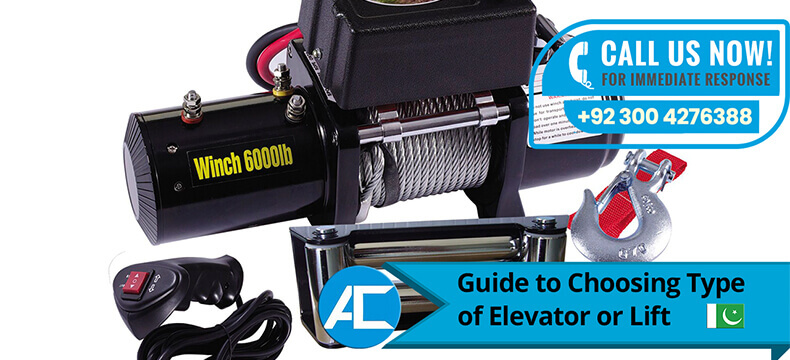
Hand hoist lifts, also known as manual hoists, serve as straightforward yet efficient devices employed for vertical lifting across various settings. Users operate these lifts by hand cranking, making them particularly valuable in scenarios where power sources could be limited or unavailable. Unlike automated systems, hand hoist lifts rely on human effort to raise and lower loads, making them suitable for smaller tasks and lighter items. Additionally, they are often utilized in workshops, garages, and warehouses for tasks like lifting equipment, tools, or parts. Equipped with features like safety hooks and durable cables, these lifts ensure the secure handling of loads. Furthermore, their portable and compact design allows for easy transportation and installation in different locations. In conclusion, hand hoist lifts offer a versatile and manual solution for lifting needs, proving invaluable in situations where simplicity and reliability are key.
Get Free QuotesPneumatic elevators

Pneumatic elevators, often referred to as vacuum elevators, present a unique and futuristic approach to vertical transportation within buildings. Operated by air pressure differentials, these elevators utilize pneumatic tubes to move the elevator car between floors. Unlike traditional cable-driven or hydraulic systems, pneumatic elevators require no cables or pulleys, resulting in a remarkably space-efficient design. Additionally, they offer a panoramic view as the elevator car is typically made of clear materials, providing passengers with a unique visual experience during their journey. Equipped with safety features like emergency braking and backup power systems, pneumatic elevators ensure passenger security. Furthermore, their compact footprint and minimal construction requirements make them suitable for retrofitting into existing buildings. In summary, pneumatic elevators offer an innovative and visually engaging option for vertical transportation while also addressing space and design considerations.
Glass Cleaning Elevators
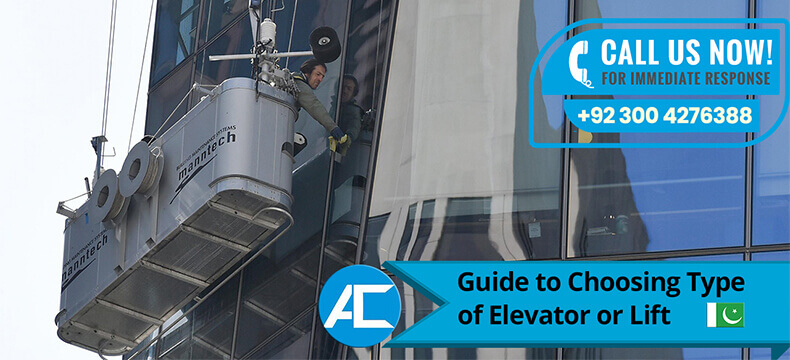
Glass cleaning elevators, which belong to a specialized category of vertical transportation, receive specific design for maintaining and cleaning tall glass facades and windows on skyscrapers and high-rise buildings. Engineered with features that cater to the needs of window cleaning crews, these elevators enable efficient access to exterior surfaces that are otherwise difficult to reach. Unlike traditional passenger elevators, these units often have a larger platform to accommodate cleaning equipment and personnel. Furthermore, these safety mechanisms include harness attachment points and emergency controls, ensuring the security of maintenance workers at high altitudes. Moreover, tracks or rails often guide glass cleaning elevators, ensuring stability and enabling precise movement along the building’s surface. In conclusion, these specialized elevators are indispensable tools that simplify the otherwise challenging task of maintaining the exterior surfaces of towering structures, offering safety and convenience to maintenance teams.
Get Free QuotesBoom Glass Cleaning Elevators

Boom glass cleaning elevators represent a specialized and advanced solution tailored for the maintenance of tall structures with intricate designs. Designed with an extendable boom arm, these elevators provide an even greater range of movement, enabling efficient access to every corner of a building’s glass exterior. Unlike traditional cleaning methods that require scaffolding or cranes, boom glass cleaning elevators offer a more controlled and precise approach. Furthermore, specialized mechanisms equip them to enable the boom arm for pivoting and rotating, ensuring comprehensive cleaning coverage without requiring complex repositioning. Furthermore, these elevators often come with safety features like stabilizers and harness attachment points, guaranteeing the well-being of cleaning personnel working at elevated heights. In summary, boom glass cleaning elevators represent an innovative solution that enhances the effectiveness and safety of maintaining the pristine appearance of modern architectural marvels.
Hospital bed lifts
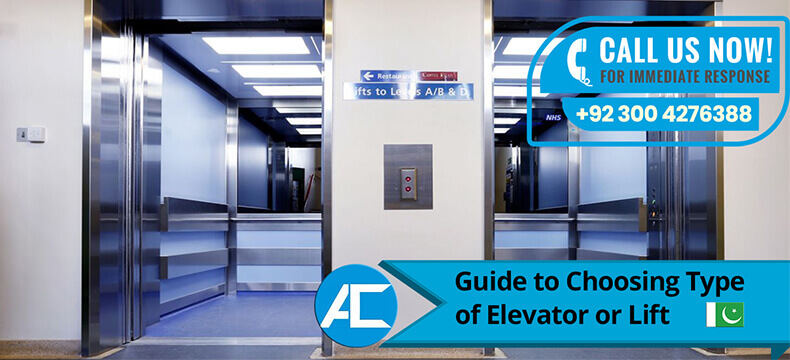
Hospital bed lifts, a critical component of healthcare facilities, play a pivotal role in patient care and comfort. Engineered to transport patients safely and efficiently between different levels of a hospital, these lifts feature special designs to accommodate medical beds and equipment. Unlike traditional elevators, hospital bed lifts offer more space and stability, ensuring the smooth transfer of patients, including those on stretchers or in wheelchairs. Moreover, advanced safety measures like gurney locks, handrails, and emergency controls equip them to ensure patient security while in transit. Furthermore, designers create hospital bed lifts to offer spaciousness and operate quietly, thereby minimizing discomfort for both patients and staff. In conclusion, hospital bed lifts contribute significantly to the quality of patient care, ensuring seamless and safe movement within healthcare facilities, and ultimately aiding healthcare providers in delivering optimal medical services.
Get Free Quotes

